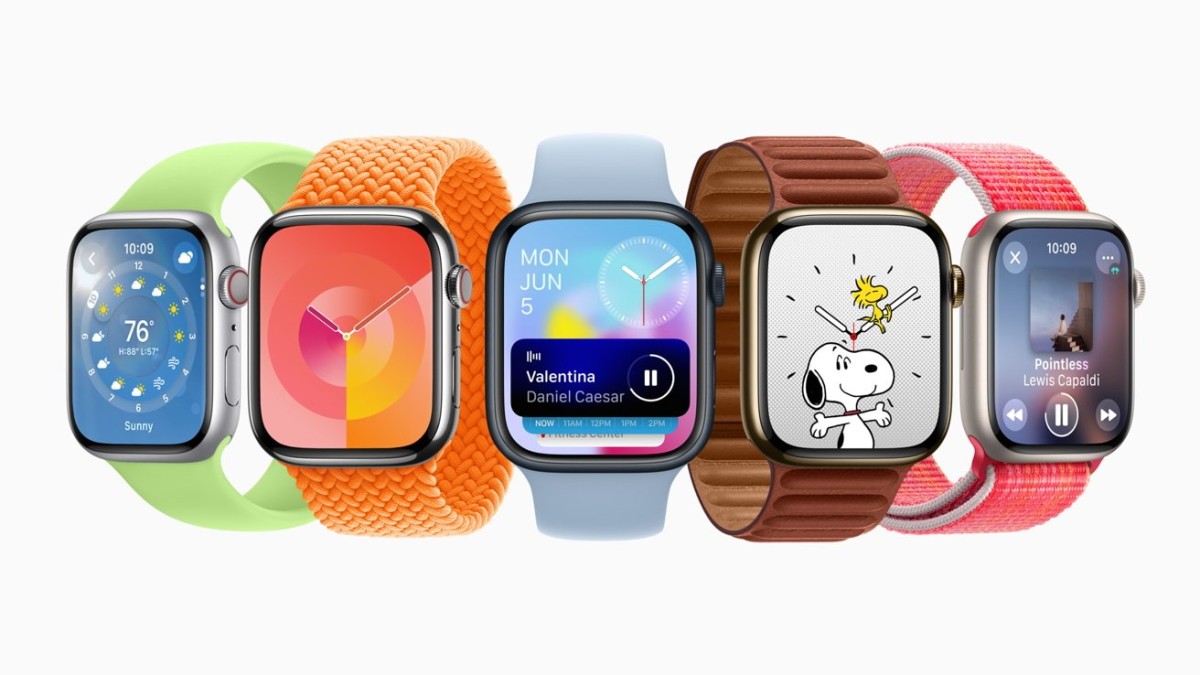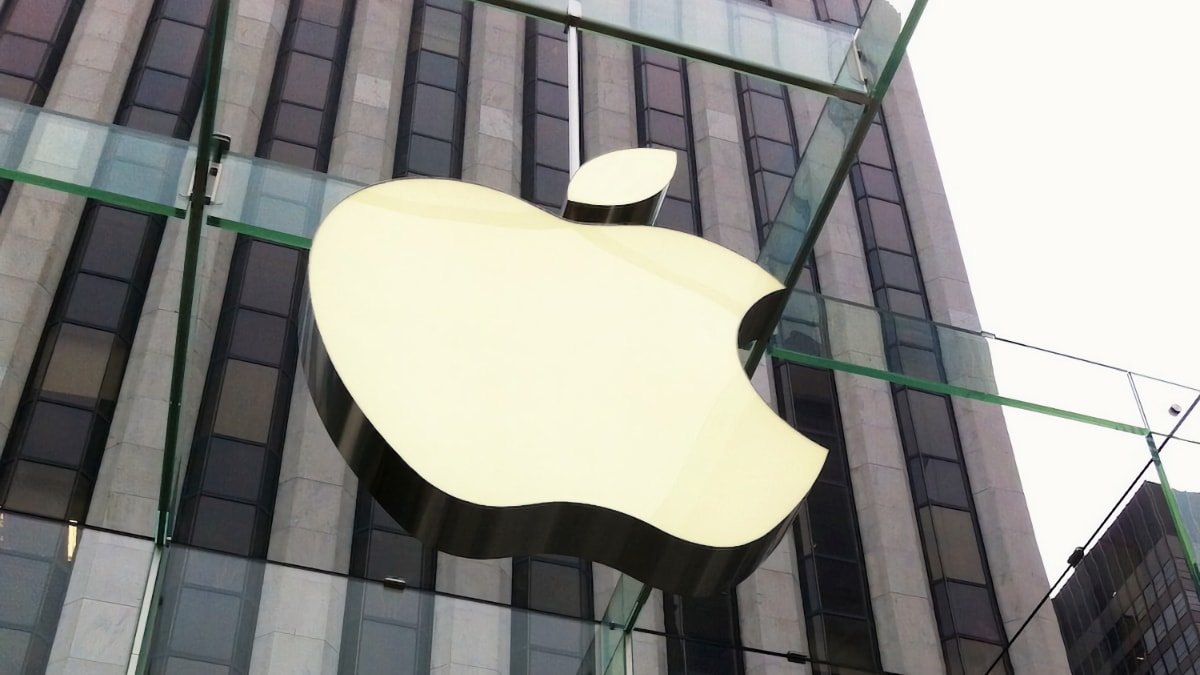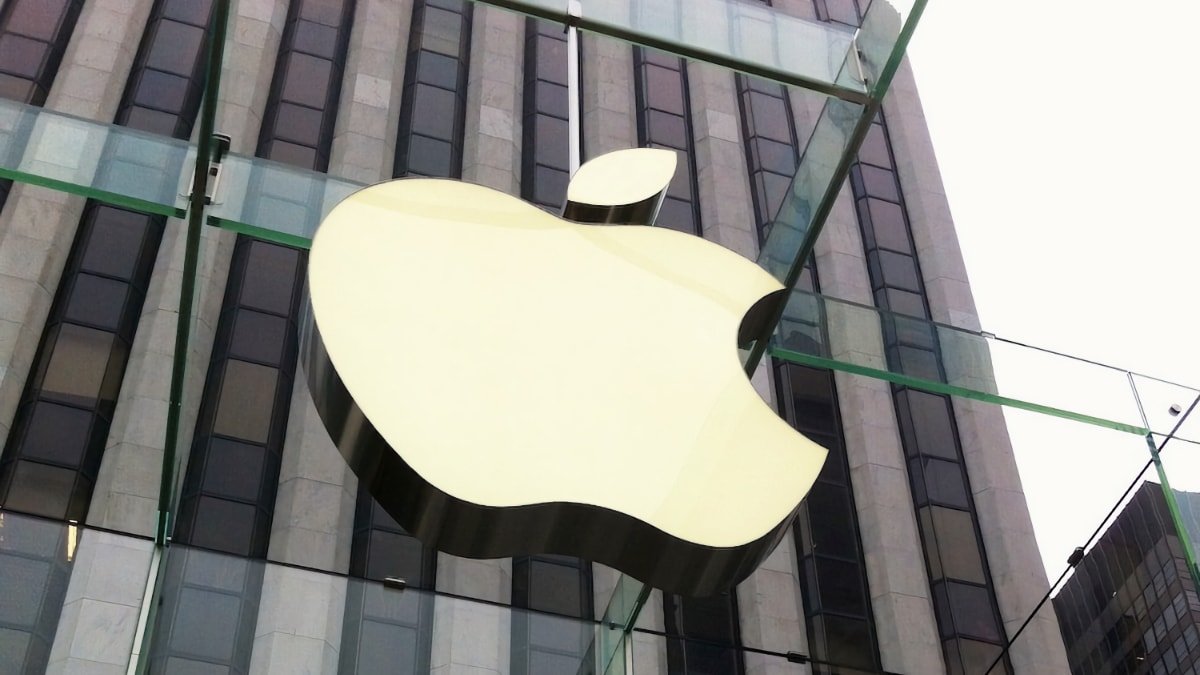In a stride towards making its Apple Vision Pro headset more accessible and convenient for a wider audience, Apple is innovating ways to eliminate the need for traditional prescription lenses. Recognizing the challenge and inconvenience of requiring users to incorporate prescription lenses or optical inserts to cater to their visual impairments, Apple's latest patent reveals its exploration into adaptive technologies that could seamlessly adjust to an individual's unique vision needs directly within the headset.
Historically, users with visual impairments had to navigate the extra step of selecting and utilizing specific lenses to ensure the Apple Vision Pro headset provided a clear and functional viewing experience. This process not only added complexity but also limited the device's immediate usability upon purchase, necessitating a more personalized fitting process that could detract from the convenience of online shopping or quick in-store purchases.
In response, Apple's research has ventured into the realm of liquid lenses and adjustable lens systems, demonstrating a proactive approach to integrating vision correction technologies within the Apple Vision Pro itself. A recent patent application titled "Head-Mounted Display Device With Vision Correction" outlines a sophisticated system designed to automatically adjust to the wearer's vision. This system potentially employs advanced sensors, such as Shack-Hartmann wavefront sensors, Tscherning sensors, or ray tracing sensors, to accurately measure and correct common refractive errors like astigmatism, farsightedness, and near-sightedness by adjusting the lenses and display positions within the headset.
Apple's patent application delves into specifics, illustrating potential real-world applications of this technology. For example, it describes how the device could accommodate a nearsighted user with astigmatism by adjusting both the Z-axis position of the display relative to the user's eye and tuning a cylindrical lens to correct for the user's specific degree of astigmatism.
While the filing of a patent does not guarantee the immediate introduction of this technology in upcoming products, the detailed exploration and the continued focus on vision correction technologies suggest Apple's commitment to enhancing accessibility and convenience for all users. This innovative direction hints at a future where the Apple Vision Pro, and potentially other head-mounted displays, could offer a more inclusive and personalized viewing experience, catering seamlessly to the diverse visual needs of its users without the need for external prescription lenses.






